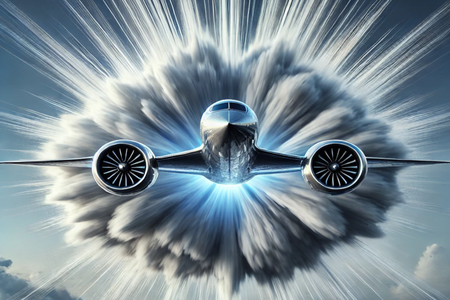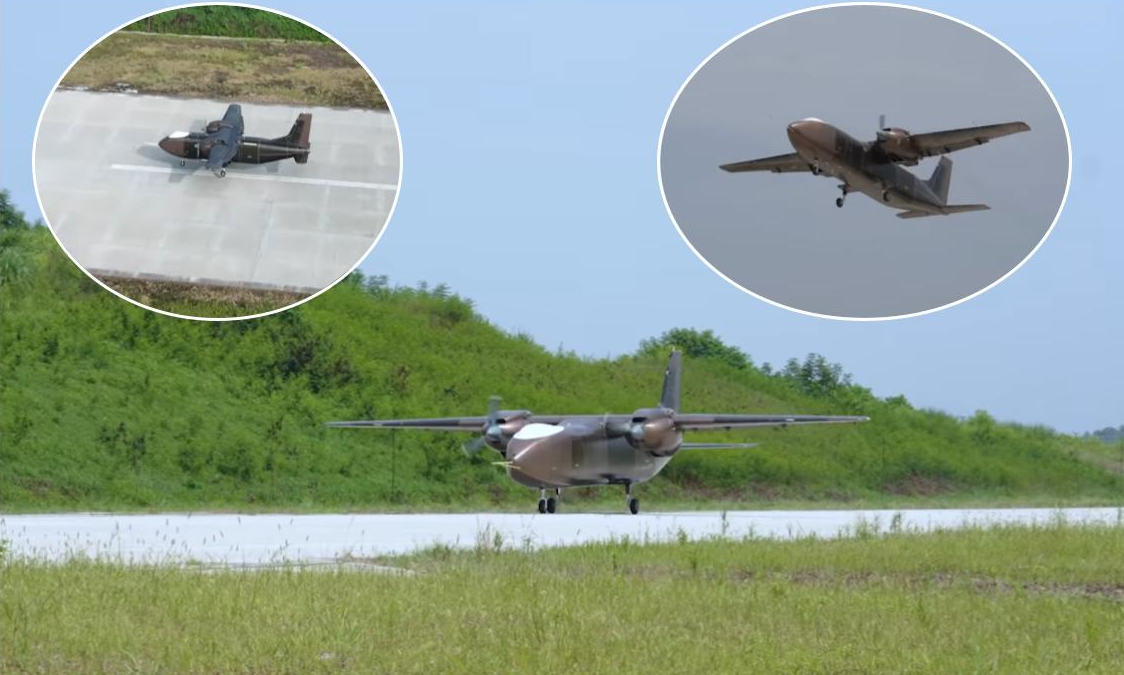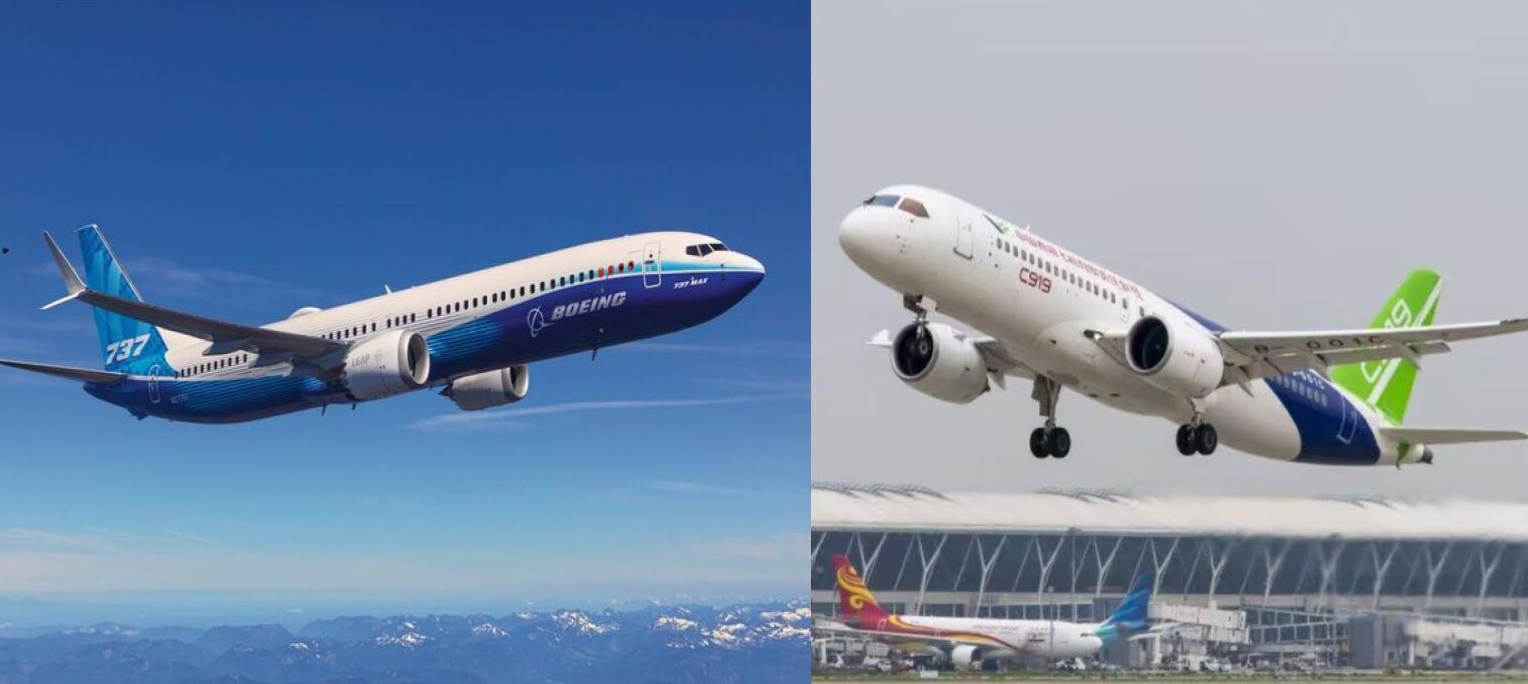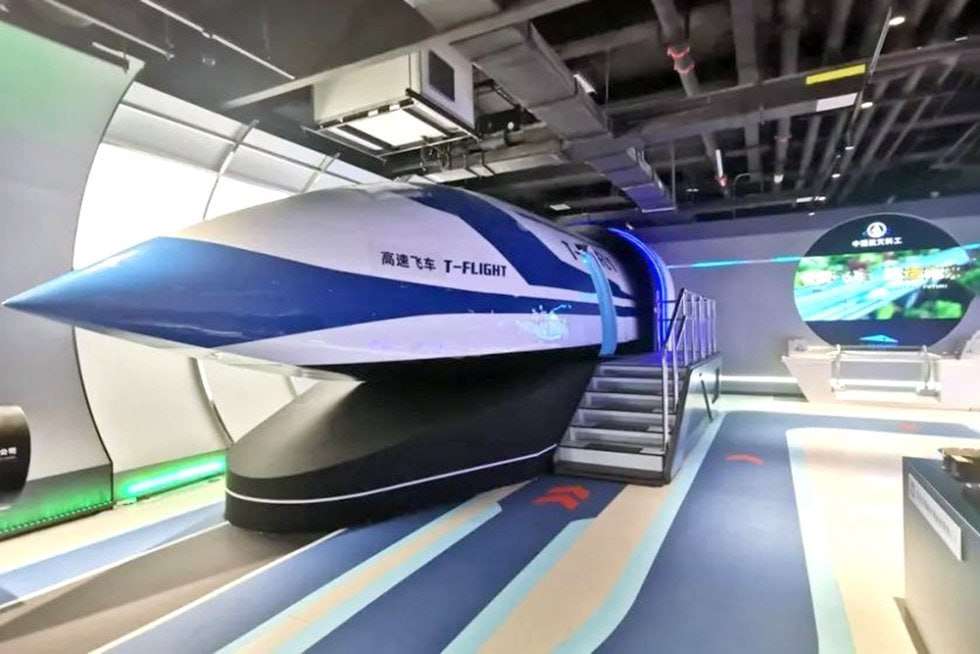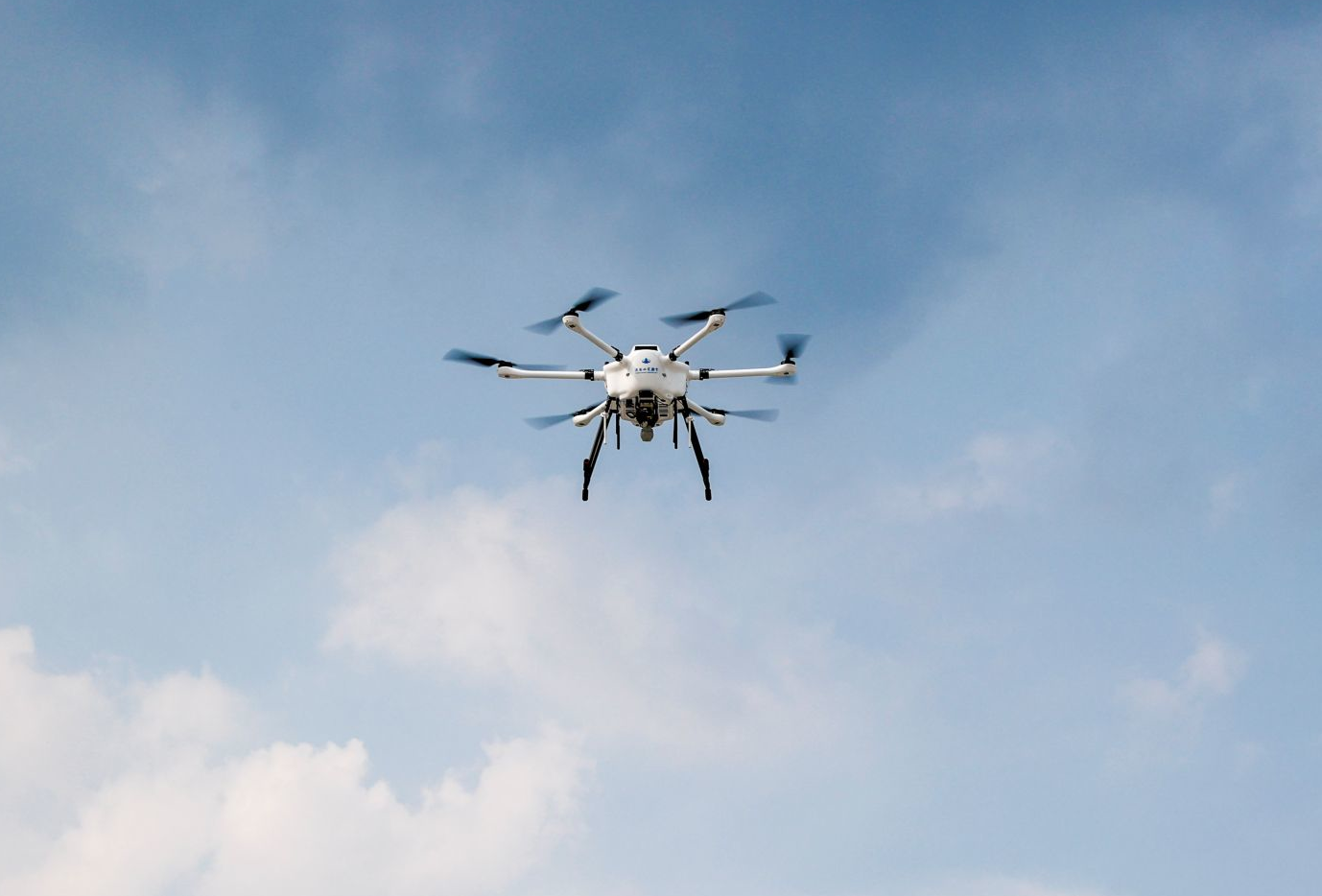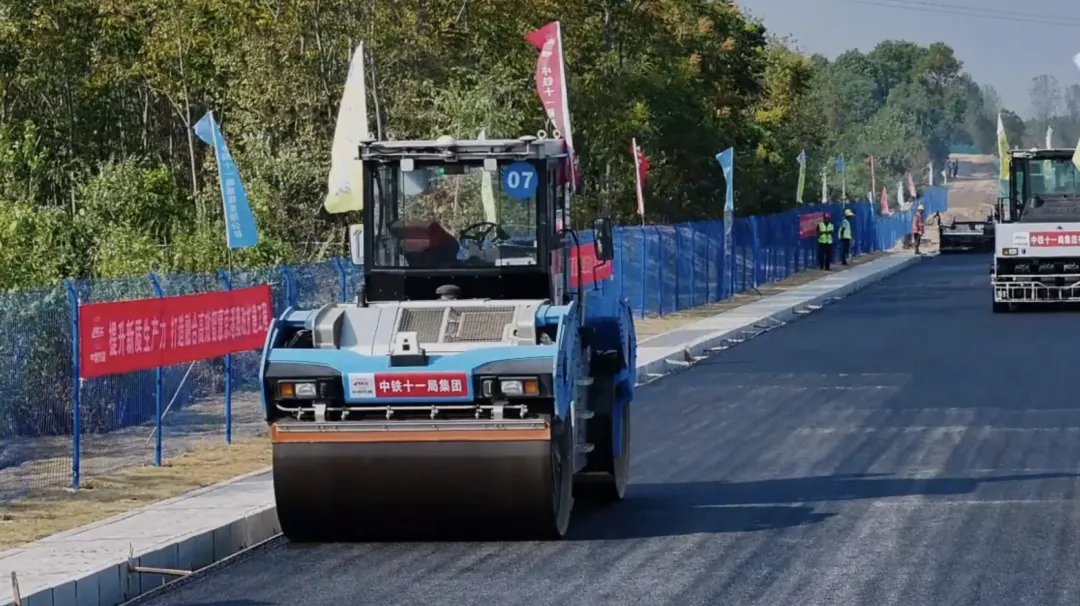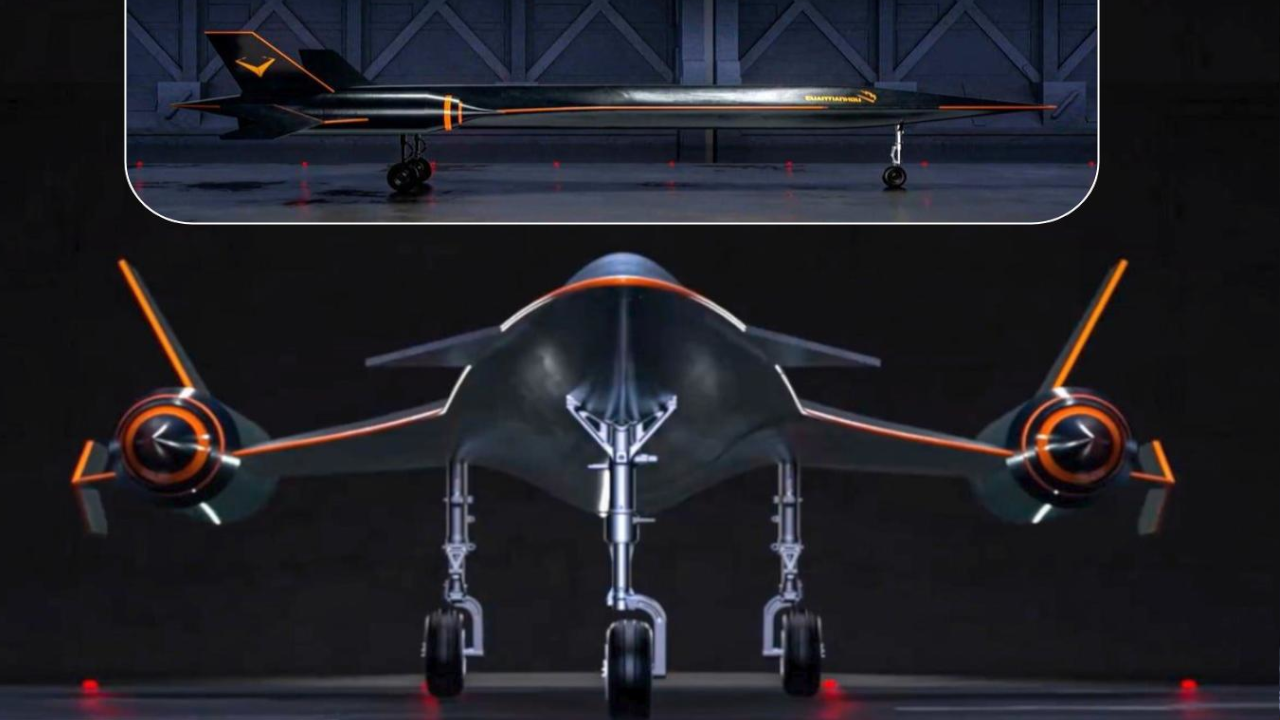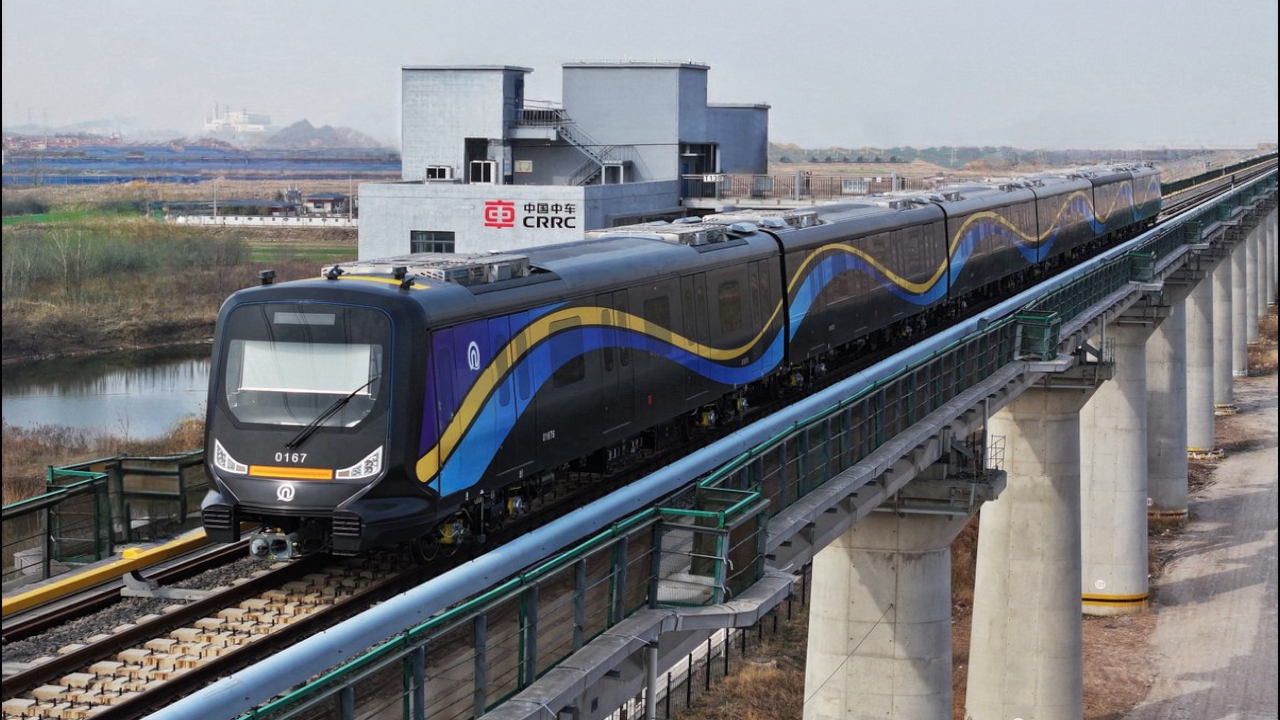When an aircraft exceeds the speed of sound, approximately 1192 km/h, it compresses the air in front of it, creating pressure waves that propagate from the front to the rear of the aircraft. This is similar to what happens when a boat moves through water at high speed. Due to the high speed, these waves do not dissipate but rather combine to form a single, large conical wave with its apex at the front of the aircraft and its base behind it. This wave causes disturbances in the air and when it reaches our ears, it is heard as a sonic boom or thunderclap. It can also cause damage to glass in homes and cars.
This problem has prevented civil aviation from flying at speeds higher than sound due to the noise and potential hazards it poses in urban areas. This was a major reason for the retirement of the only supersonic civilian aircraft, the Concorde, in 2003.
A research team at Northwestern Polytechnical University in China has developed a new wing design to reduce this sonic boom. This design features holes in the wings that effectively reduce the intensity of shock waves and improve the aerodynamic efficiency of aircraft.
These holes remain closed until the aircraft exceeds the speed of sound, otherwise they would affect the aircraft’s flight. An aircraft rises due to the pressure difference above and below the wing, according to Bernoulli’s principle: when the aircraft accelerates, the airflow becomes faster on the upper surface of the wing and the pressure is lower than on the lower surface, resulting in a lift force.
Through computer simulations and wind tunnel tests of the wings, the research team found that designing specific holes on the wings can alleviate shock waves and reduce vibrations.
The holes are equipped with an air pump that can control the intensity of airflow. This will inevitably reduce lift because the pressure difference will decrease, but the researchers found that it improves the overall performance of the aircraft by reducing drag, even if some lift is lost.
In essence, Chinese researchers have devised a novel approach to mitigate the disruptive sonic boom associated with supersonic flight. By introducing carefully placed holes in aircraft wings, they aim to reduce the intensity of shock waves and enhance overall flight performance. This breakthrough could potentially pave the way for the return of supersonic commercial air travel.
